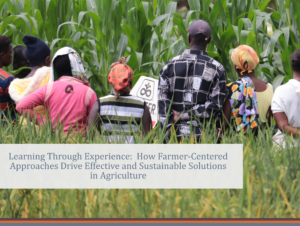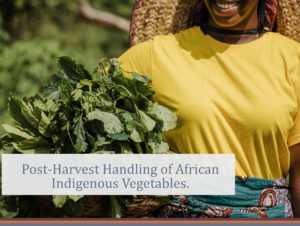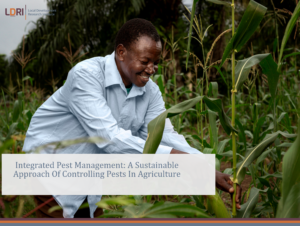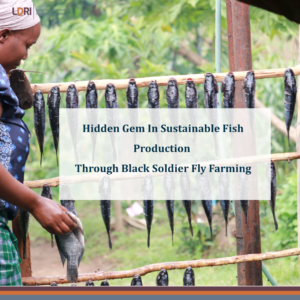![]()
Women At The Nexus Of Agriculture, Nutrition, and Energy
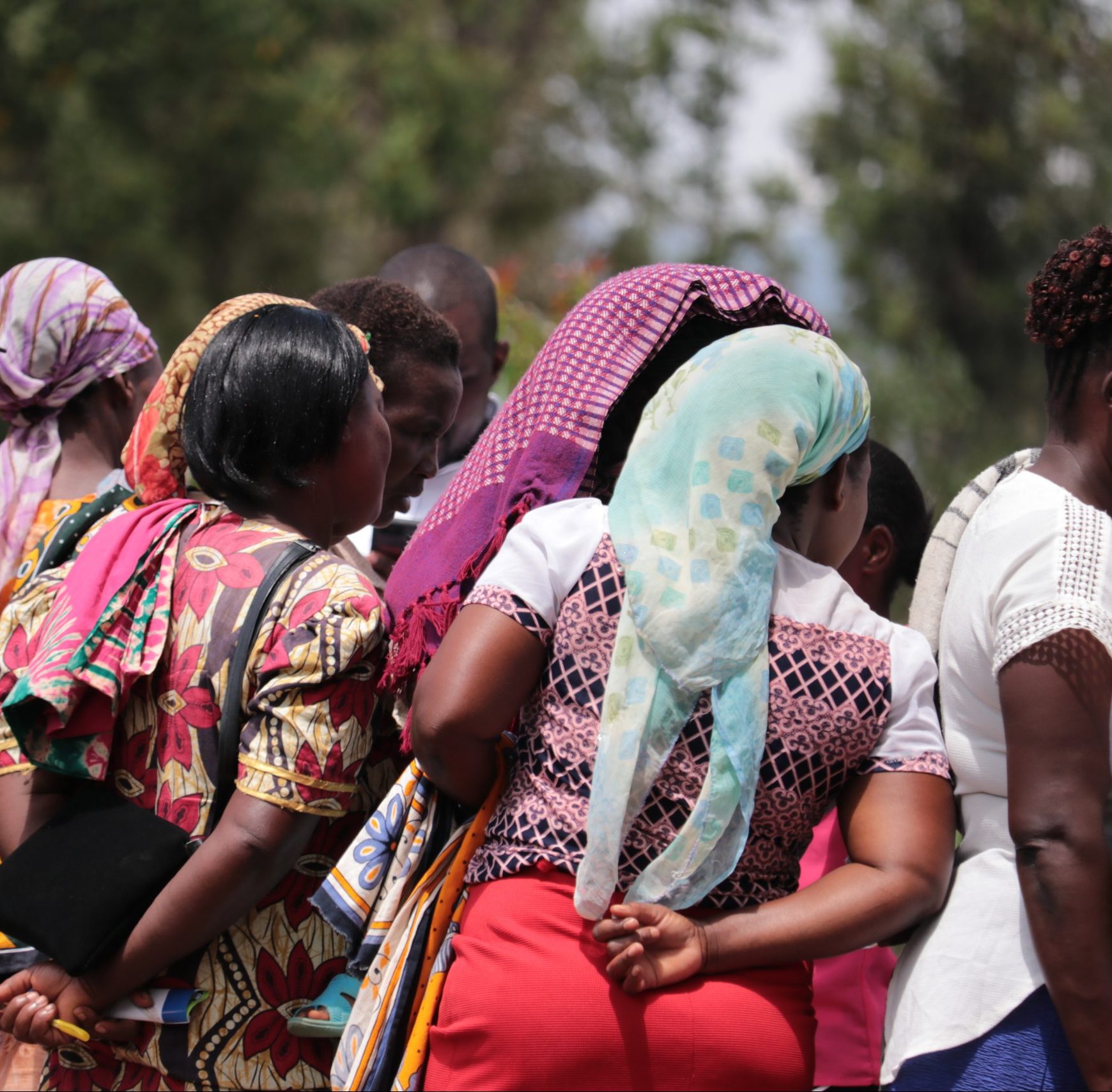

Food production is the most intuitive linkage between agriculture and nutrition, but the relationship goes far beyond. Women play a fundamental role in the households by providing the bulk of agricultural labor and as primary caregivers; make the decision on the choice of energy to use for household meal preparation.
Earlier in 2022, the LDRI team held discussions with stakeholders in Kiambu County to identify development challenges faced by women at the intersection of Agriculture, Nutrition, and Energy. These discussions included conversations with key actors at the County level from the departments of Public Health and Malnutrition, Renewable Energy and Climate Change, and the department of Crops and Irrigation. Through these, a clearer picture of how departments produced, managed, and shared data began to emerge.
Data Production and Management at the County Level
Generally, the household survey found that food insecurity, gender inequality in household decision-making, inadequate information on nutrition, over-reliance on biomass fuels, and challenges in access to electricity, were the key development challenges faced by farmers in Kiambu County. The interviews with department heads( key actors in the county) of the Health, energy, and agriculture sectors found that inter-departmental collaboration was important in promoting synergies to address development challenges and interventions. Data production and management were done continuously by the health department but the energy and agriculture departments collected data on an ad hoc basis. Both the agriculture and energy departments lacked data repositories whereas the health department reported and stored its data in the District Health Information Software (DHIS) and Kenya Health Information System (KHIS). Gender disaggregation of data was usually done in the department of health whereas, in the departments of energy and agriculture, disaggregation was dependent on the nature of the data.
Furthermore, the health department had adequate staff who were equipped in data management, contrary to the agriculture and energy departments where human capital was inadequate. Data shared within the departmental staff in all the three departments was through e-mail, WhatsApp, and telephone, whereas data shared across departments required authorization from senior officers. All three departments had no formal rules or policies governing data sharing, however, authorization was required before data was shared with other departments. Finally, the health department had financial resources allocated for data production and management, nevertheless, due to the huge magnitude of data collected continuously, the finances were not adequate to update the databases regularly. On the other hand, the energy department did not have financial resources for data production whereas the agriculture department did not define amounts allocated for data collection purposes, but instead, funds were lumped together with other activities.
Interactions Between the Sectors
Results from the household survey found that women played a critical role at the intersection of agriculture, energy, and nutrition nexuses. Unpredictable weather patterns affected agricultural production in the household, which influenced decision-making on the choice of food to cook, to curb food shortages. These decisions determine the nutrient constituents of the daily meals with heavy reliance on cereals, starch foods, and fewer vegetables, which were scarce and expensive. It was found that approximately 90% of the women interviewed rarely cooked nutritionally balanced meals. The main sources of nutrition information were the media and health centers/hospitals. The type of food to be cooked was found to determine the fuel used, with heavy reliance on firewood for the cereals, and LP Gas for starchy foods. Scarcity of wood due to increased deforestation and prohibitive environmental laws forced women to buy firewood and charcoal at high prices, to supplement LP Gas. These findings showed that agriculture, energy, and nutrition nexuses are complementary forces that place gender (women) as a pivotal role in agricultural transformation.
There are gaps
Some of the gaps identified during analysis were a lack of a well-organized system for data production in the departments, limited human capital, inadequate budgetary allocations for data production, and a lack of policies and data governance structures to provide legal guidance and oversight on sharing of the data in the county. In addition, the use of bioethanol as a source of clean fuel was a new concept for most female farmers, and limited post-harvest technologies were used in the study area. Lastly, the majority of women did not have finances or knowledge about Biogas.
What Next for County Governments?
This case study recommends that the county government allocate finances for data production, creation of a data repository system at the county level, capacity building of county staff to collect accurate data, provision of data governance policies to guide data sharing practices, enhancement of inter-departmental synergies to improve capacity building of women in rural areas on matters of nutrition, agriculture, and access to clean sources of energy. Policies should be formulated that support data interoperability across these sectors, and beyond, in order to strengthen efforts to address the challenges faced by farmers, especially smallholder women farmers.

